Vipassana
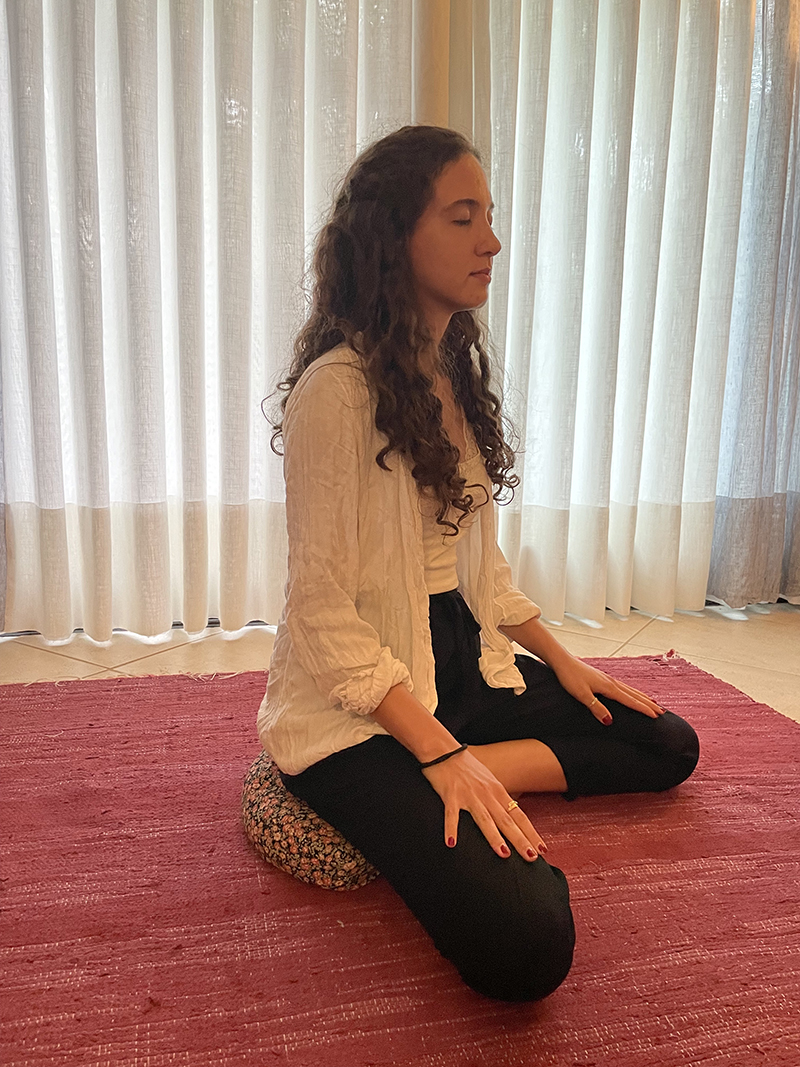
Vipassana is one of the world's best known meditation techniques. It's a simple practice which, due to its simplicity, can be practiced anywhere. Regular practice of Vipassana can bring you inner calmness, clarity, and enhance your ability to face challenges. Here, you'll get some insight into what Vipassana meditation is and how you can begin!
Try it yourself
• Set a timer for the duration you would like to sit – for instance, ten minutes or half an hour.
• Find a comfortable sitting position, on a chair or cushion. Close your eyes and let your body relax.
• While sitting, gently let your attention follow the movement of your breath, as it naturally occurs, without altering it.
• Many things can attract your attention while sitting, including thoughts, emotions, bodily sensations, and external impressions. Nothing needs to be disruptive in Vipassana.
• Just observe what arises and gently return to the breath, again and again.
• Be patient and give yourself time to settle.
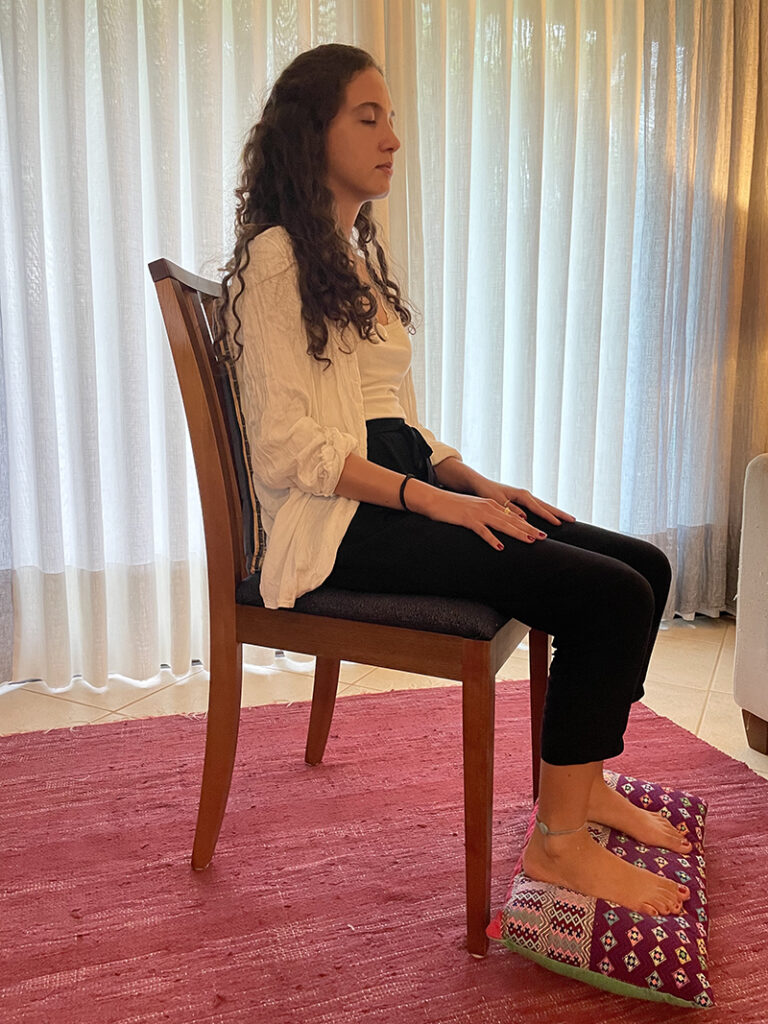
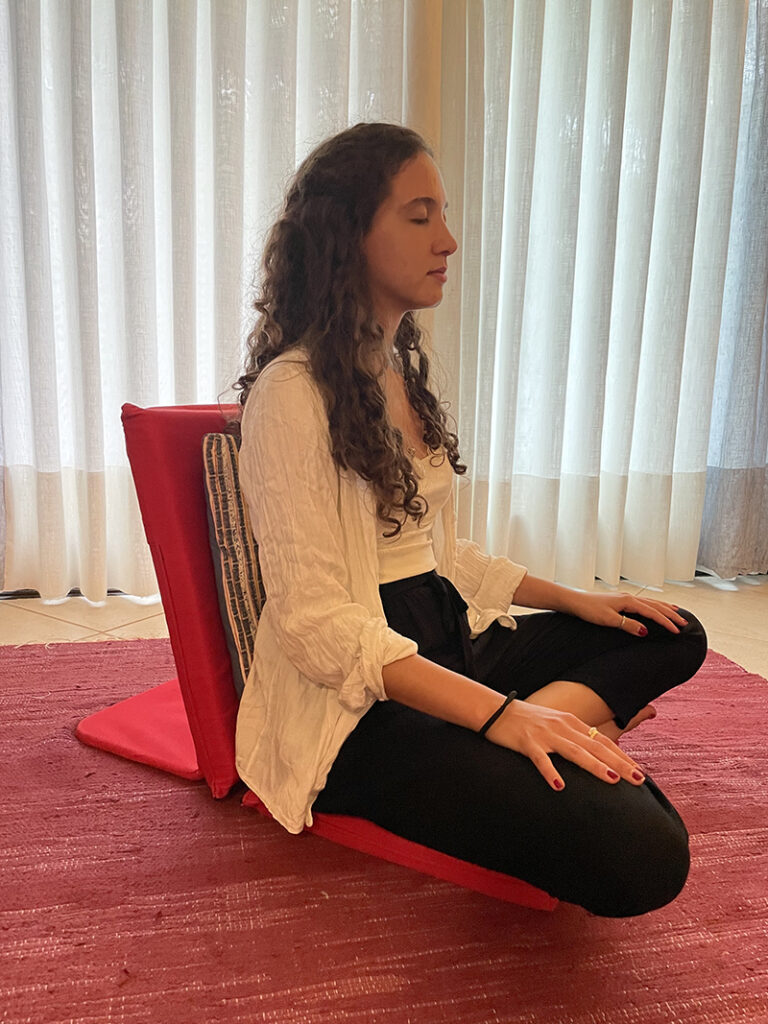
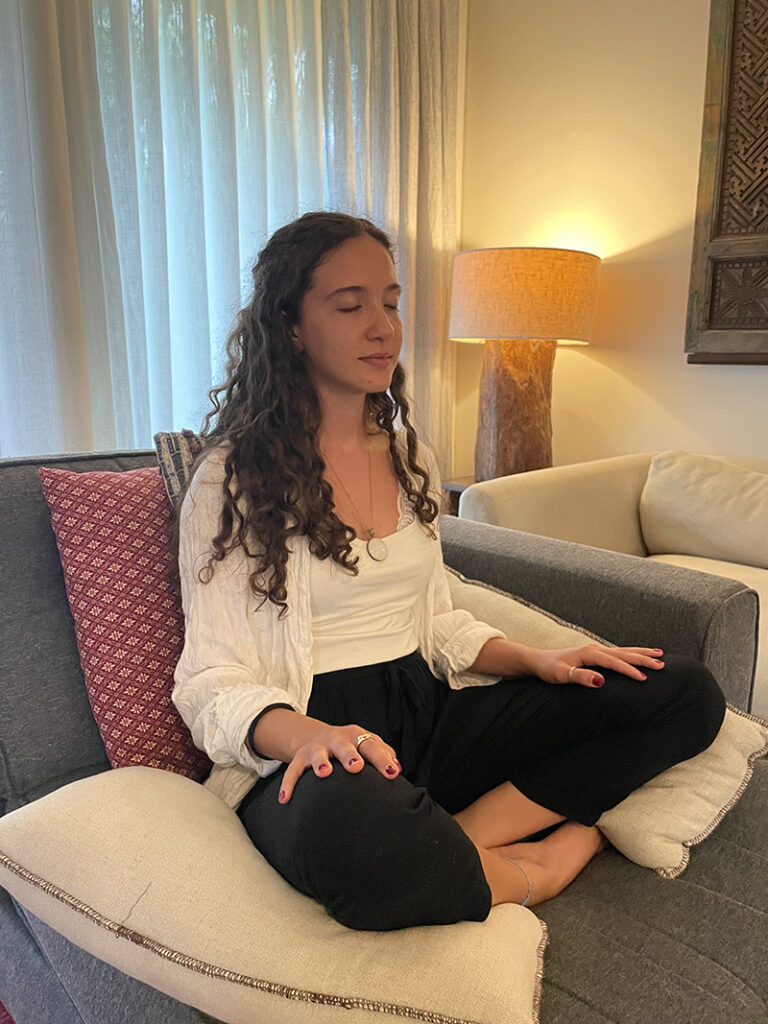
There are many ways you can sit
It is important to find a position in which the body can relax. An upright position can be useful to help you stay alert and attentive. Experiment to find what suits your body best. There are many types of meditation chairs and cushions available, but you can also sit on a regular high chair or a sofa. Feel free to adjust your position with cushions behind your back, under your knees, or feet. Try to find a position that gives the sensation of your body being "parked."
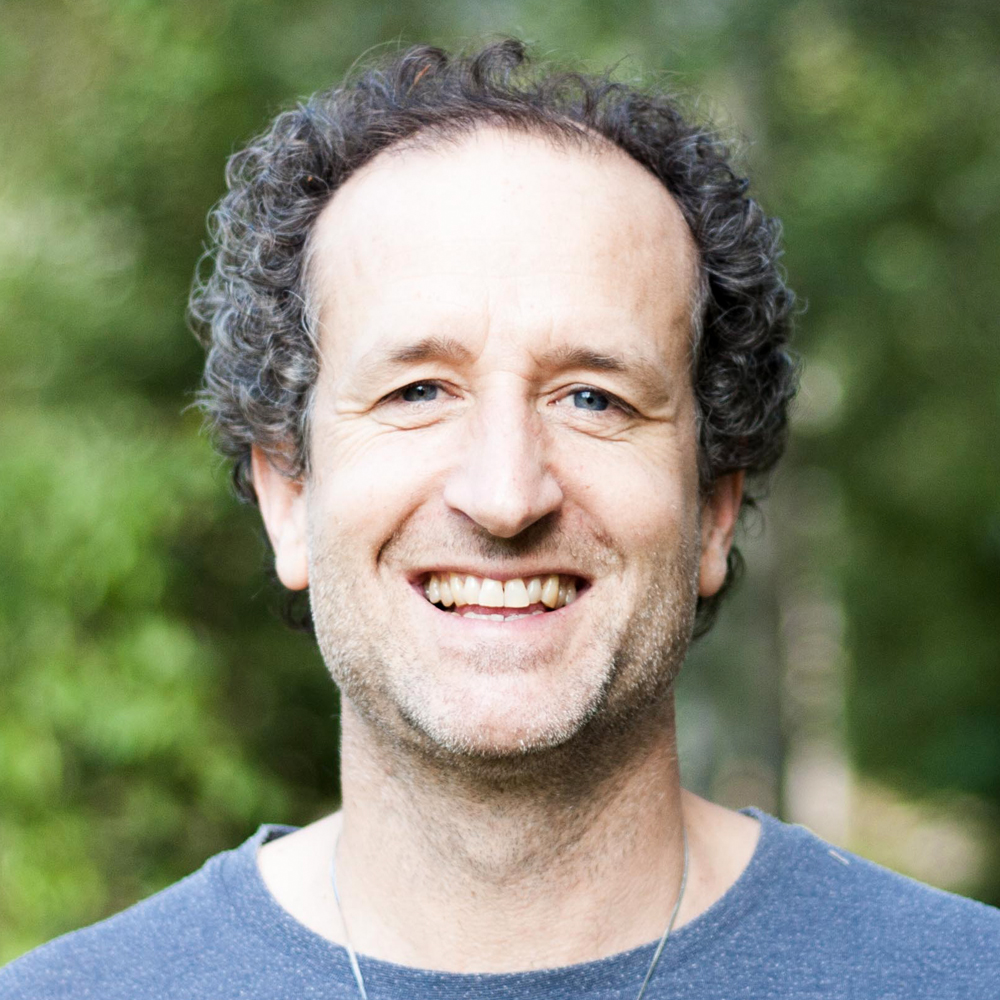
A practice for inner peace
Vimal Onsager has practiced Vipassana for many years and is one of the instructors at the ten-day retreat Inner Joy.
What does Vipassana meditation mean to you?
Vipassana, to me, is a way to find peace. It becomes clearer to me as I get older and gain more experience with meditation - that what I long for is peace. And the more I do Vipassana, the more it gives me the experience of peace. A deep inner satisfaction.
How do you use it?
As a practice, I do Vipassana meditation in the morning. I sit twice for 45 minutes. Doing Vipassana requires some discipline. There's always some discomfort in facing my restlessness and unease. Because it happens when I stop and have nothing else to occupy myself with except the breath. After sitting for a while, things settle more. I also try to use it throughout the day, being mindful of my breath as a way to bring myself back to the moment.
What do you wish to convey to participants when leading Vipassana at the retreat?
That they discover a longing to find inner peace, or that this longing becomes clearer to them.
Next retreat with Vipassana is our six-day retreat Inner Peace 22-28 July.
